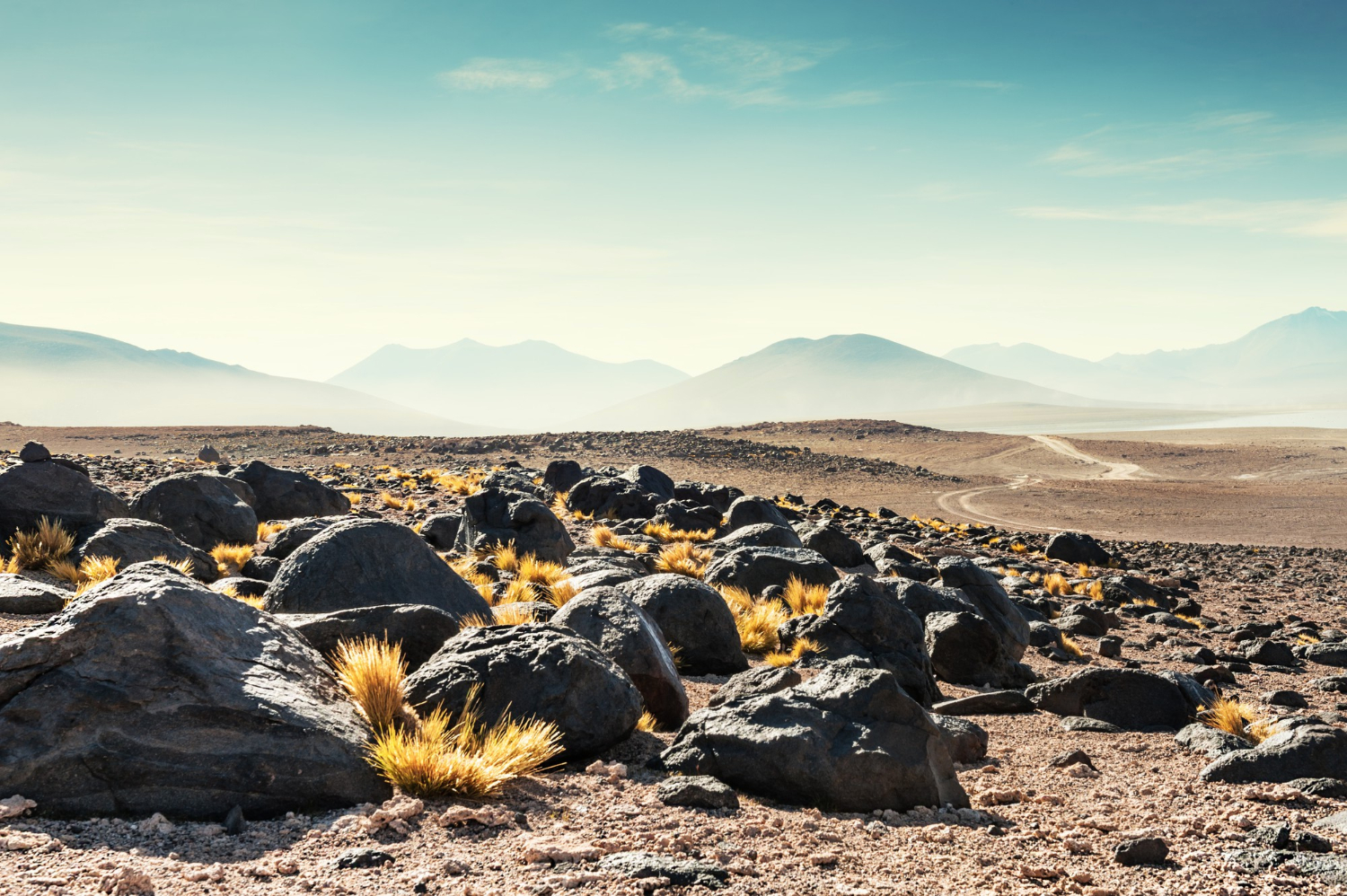Learn Interesting Facts about Bolivia. Bolivia, a major nation in Latin America, is home to the world’s highest capital, La Paz, and fascinating historical, geological, and cultural elements. Bolivians mostly descend from their ancestors; hence, the country’s culture has a long history. Located in South America’s Andes, this landlocked nation was formerly a part of the Inca Empire, renowned for its natural beauty and vast salt flats.
So check out these fascinating Bolivian facts to learn more about the country’s location, official languages, beautiful natural features, and fascinating culture and history. Bolivia has a lot to offer. You may learn more about Costa Rica or how to rekindle your holiday spirit if you have been missing the warmth of the sun by reading our facts about Costa Rica.
Multiple Languages of Bolivia
Bolivia is a multilingual country with over 30 official languages. Bolivia, although being a Spanish-speaking nation, has a diverse population that speaks a variety of languages. Including extinct dialects, the 2009 constitution recognizes 37 different tongues.
Therefore, the government recognizes all indigenous languages, with Quechua being the most frequently spoken of them. So all indigenous languages are legally recognized. Chiquita no mostly spoke in the Santa Cruz department, Guaran on the border with Paraguay, Asmara on the Altiplano, and Quechua in the Andes.
Simon Bolivar, the late Venezuelan president, was the inspiration for the country’s name.
Simon Bolivar, a well-known politician who led South American independence wars, may be familiar to you. In his lifetime, he managed to free Venezuela, Colombia, Ecuador, Peru, and Bolivia from the grip of the Spanish empire.
The destiny of Bolivia was left in the hands of Venezuela’s then-president Antonio José de Sucre. Bolivarian leader SimónBolvar offered him to join Charcas (modern-day Bolivia) with the United Provinces of the Rio de la Plata or the Peru Republic, depending on his political inclinations. You also presented the alternative of declaring independence from Spain and going it alone.
Sucre opted for independence, and Charcas formally seceded from Spain in 1825. Bolivar was the liberator’s name given to the newly founded nation.
Cholita Wrestling Interesting Facts about Bolivia
You can see cholita wrestling exclusively in Bolivia. Have you ever been curious about what it would be like to see a match between indigenous women? So you do not have to wonder any longer! Women in Bolivian wrestling started participating in the scene in the mid-2000s. Therefore, Victims of domestic abuse may have found community and stress relief via the sport. Cholita wrestling has allegedly evolved into a theatrical portrayal of the country’s domestic violence issue.
A man will assault a woman in a typical bout, but the Cholita will always win by body slamming her assailant. In battle, the cholitas wear braided hair and multi-layered voluminous skirts to stand out. There is no vacation to Mexico that is complete without seeing the world-famous cholitas-wrestling match. Many tourists consider it an essential part of their experience in the nation.
Geography
Bolivia’s topography is unique in that it landlock and is home to several natural beauties. Thus the Salar de Uyuni, the world’s biggest salt flat and the world’s highest navigable lake, is one of the most renowned. Learn about Bolivia’s geography, people, cuisine, and indigenous languages if your interests.
- Bolivia has two official capitals. La Paz and Sucre are the country’s two capital cities.
- La Paz features the world’s longest and tallest cable car system, where you can appreciate some of the city’s most breathtaking vistas.
- Sucre is Bolivia’s legal capital.
- This is a world-famous lake that the Incas claim to have been born on, according to legend.
Also Read: Culture of Bolivia

